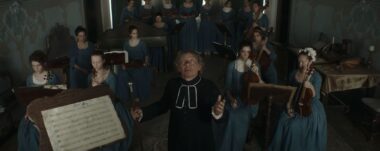The Cote Lagoon UFO in Costa Rica
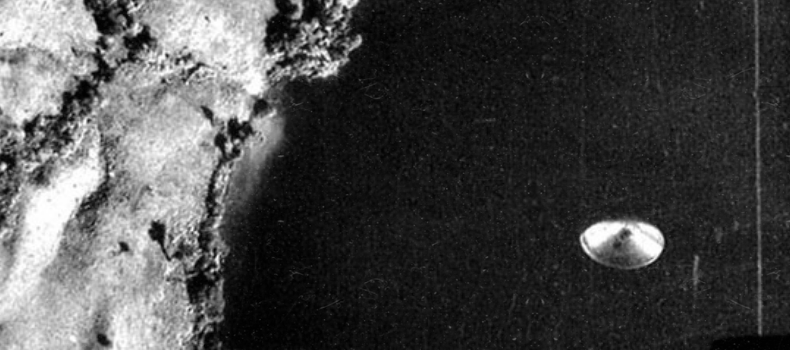
On September 4, 1971, on a routine mapping flight over the Cote Lagoon in Costa Rica, an unexpected finding transformed an ordinary day into one of the most intriguing events in the history of UFO sightings. What began as a quiet mission in the clear skies of the Tilarán mountain range culminated in the capture of an image that still today sparks debates and theories about the possibility of extraterrestrial life. One photograph captured an enigmatic object that defied explanation and continues to fascinate the world.
The Cote Lagoon UFO in Costa Rica: 1971 Sighting
During the day of September 4, 1971, a Costa Rican government aircraft took off for the purpose of mapping work. On board the aircraft were four crew members and a professional photography team. During the flight, which took place on a clear, calm day at an altitude of 10,000 feet (approximately 3,048 meters), no anomalies were recorded.
But when reviewing the photographs taken during the flight, the experts discovered something extraordinary in photograph No. 300. This image, which shows Lake Cote in great clarity, also reveals a saucer-shaped object on the surface of the lake.
Photography and its Importance
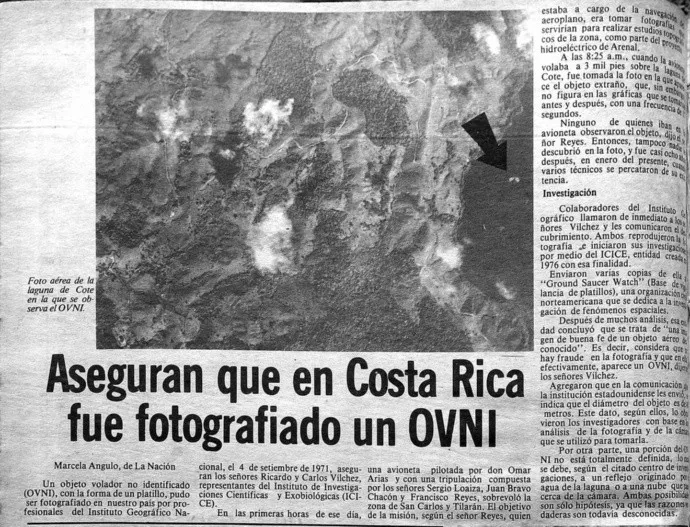
At a recent ufology meeting in Chile, several researchers voted for the three most significant photographs in the history of UFO sightings. They considered the photograph of the disk-shaped object in Cote Lagoon as one of the three most important, along with images from Trinidad Island in Brazil (1958) and Vancouver, Canada (1981).
The UFO photo was released by Costa Rican ufologists Carlos and Ricardo Vilchez. Although it is unclear whether they found the photo themselves or whether it was delivered by Sergio Loaiza, the professional photographer aboard the flight, Ricardo Vílchez delivered the image to Ground Saucer Watch (GSW) in the United States, where William H. Spaulding performed several analyses.
Over the years, public perception of Unidentified Aerial Phenomena has changed significantly since NASA’s announcement. Previously, the subject was considered taboo and associated with conspiracy theories and speculation about the existence of extraterrestrial life.
Analysis & Results
Spaulding’s initial analysis showed the following results:
- La película tenía un ASA de 80, lo que produce granos muy finos y negativos de alta resolución.
- Se estimó que el objeto medía unos 40 metros de diámetro.
- La imagen no mostraba ninguna anomalía de la película ni fallos de revelado.
- El objeto no estaba en el suelo y presentaba menos distorsión atmosférica que los objetos que sí lo estaban.
- El OVNI de la Laguna Cote parecía ser un objeto real y no una reflexión.
Posteriormente, en 1989, el científico Richard Haines y el ufólogo Jacques Vallée realizaron un nuevo análisis sobre el negativo. Este análisis concluyó que:
- There was no evidence of manipulation in the photograph.
- At a distance of up to 10,000 feet (approximately 3,048 meters), they captured the object, an unidentified, opaque, aerial object, on film. In fact, if the object were at that distance, its size would be 210 meters in diameter.
- There were no visible means of lift or propulsion and no surface marks.
- The object had a metallic appearance.
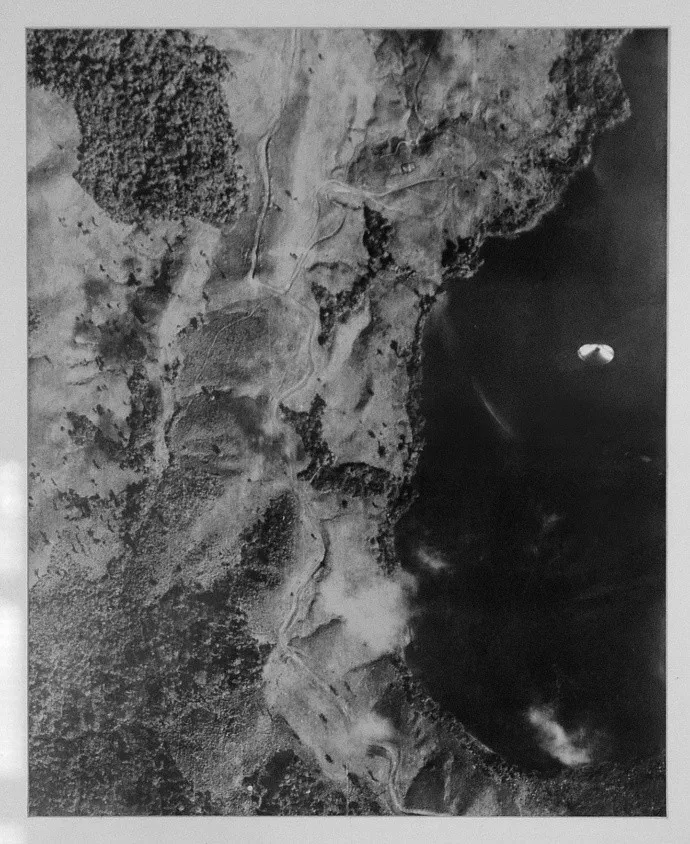
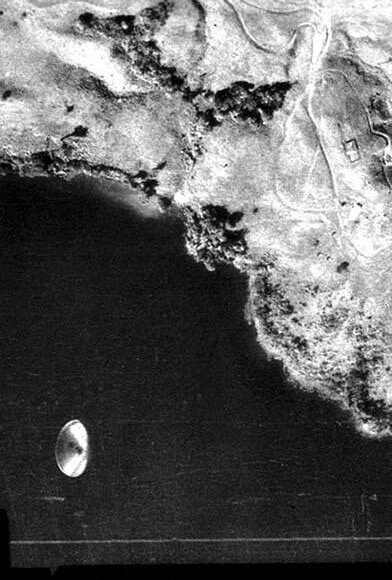
Theories and Speculation
The fact that there was only one negative with the image of the object has led to speculation about the speed of the UFO, estimated at 3,000 km/h. Some theories suggest that, if it is an object of alien origin, it could have an advanced camouflage system that allowed it to disappear quickly.
The NASA report has contributed to a greater understanding and acceptance of UFOs as phenomena that require rigorous scientific investigation and not as mere speculation or conspiracy theories. Public participation and the creation of a department specializing in the study of UAP (unidentified anomalous phenomena) has helped to reduce the stigma associated with them. Moreover, NASA has demonstrated that its goal is to better understand these phenomena, not to speculate about their extraterrestrial origin, which has led to greater confidence in scientific research and greater acceptance of the subject.
Another theory is that the UFO deliberately allowed itself to be photographed, although the reasons for this are a matter of debate.
One of the best photographic evidence of an unidentified flying object is considered to be the Cote Lagoon UFO image and has been the subject of interest and debate around the world. It has influenced popular culture and is frequently mentioned in discussions about the existence of extraterrestrial life.
The Lagoon, with its geographic coordinates 10°34′53″N 84°54′42″W, is located in the canton of Guatuso, province of Alajuela. Is a heart-shaped freshwater volcanic crater lake, covering an area of 1.98 km² and has an average depth of 6 to 18 meters. Located 3 kilometers north of Lake Arenal.
Sensorial Sunsets
Navigate articles





